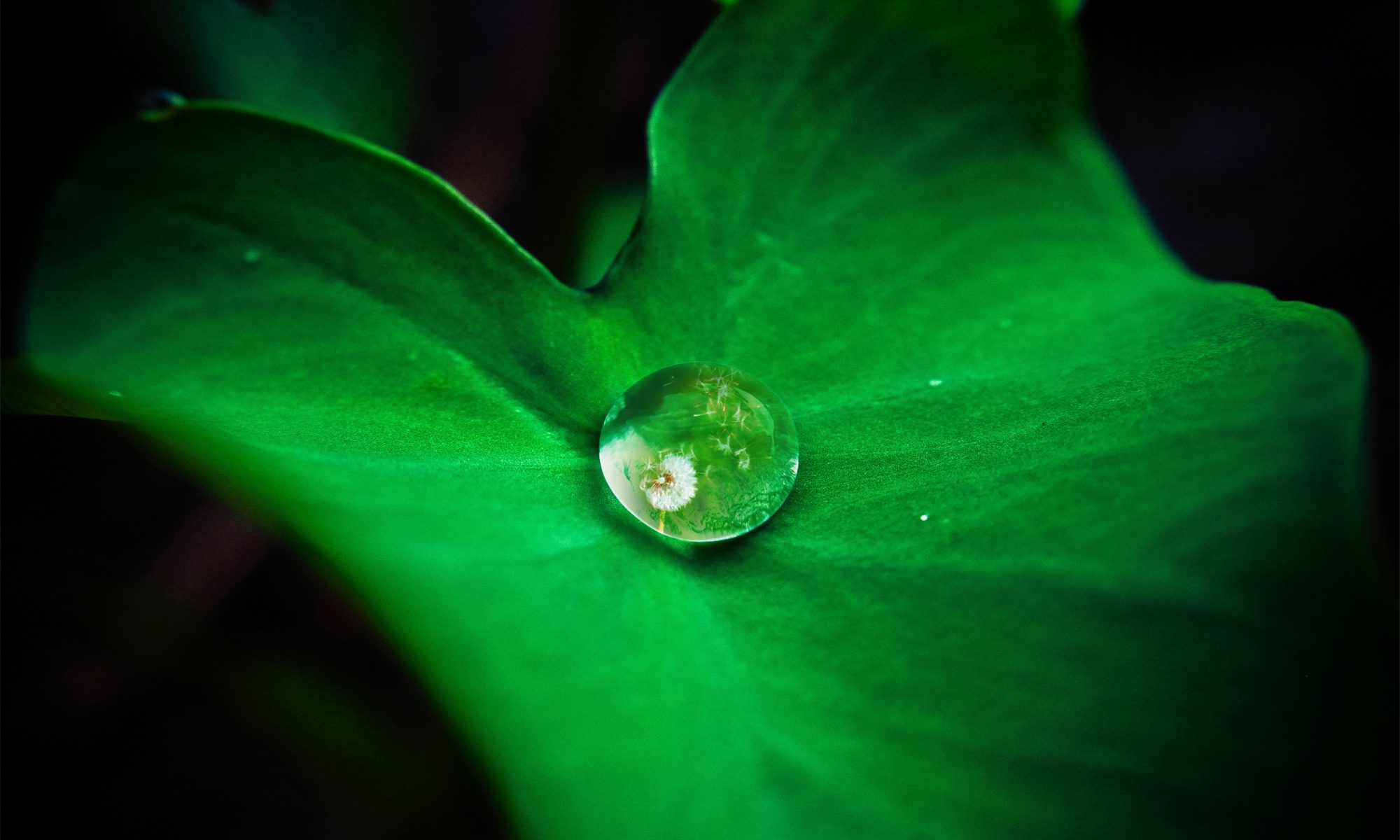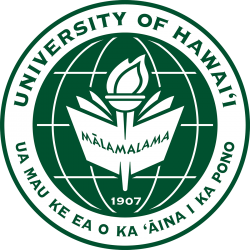sgon [at] tnc [dot] org
- Senior Scientist & Cultural Advisor, The Nature Conservancy of Hawaiʻi
- Affiliate Faculty, Department of Urban and Regional Planning (UHM)
- Member, Hawaiʻi State Board of Land and Natural Resources
- Kumu Oli, Nā Waʻa Lālani Kāhuna o Puʻu Koholā, Bishop Museum

Dr. Sam ʻOhu Gon III was born and raised in Nuʻuanu, and over a 40+ year career in conservation in Hawaiʻi has advocated for integration of Hawaiian cultural values and knowledge in conservation efforts. He received his bachelors degree in Zoology from UH Mānoa (the first recipient to have Hawaiian accepted as fulfilling the language requirement for a life science degree). He went on to the University of California at Davis to earn his Masters degree in Zoology (Ecology, Evolution and Behavior) and his Ph.D. from the Animal Behavior Graduate Group there, conducting a comparative behavioral ecology study of the Hawaiian Happyface Spider (Theridion grallator).
He has worked with The Nature Conservancy of Hawaiʻi for >30 years and has amassed great personal experience with Hawaiian ecosystems and species on all islands. He was also traditionally trained in Hawaiian chant and ceremony by Kumu John Keolamakaʻāinana Lake, undergoing ʻūniki huʻelepo in 2003, and was passed the kuleana of continuing the teaching of oli (chant) by Kumu Lake before his passing in 2008. He continues to train chanters in Hālau Mele, currently the hālau-in-residence at The Bernice Pauahi Bishop Museum in Honolulu.
Combining his knowledge of the ecology of Hawaiʻi with the rich traditional knowledge system here, partially documented in the largest indigenous language archive known in the world, his research involves the multidisciplinary exploration ofthe changes that have taken place in natural and human landscapes here from pre-human to pre-contact and post-contact times. In doing so he documented the remarkably small ecological footprint of pre-contact Hawaiʻi — which was also 100% self-sufficient — and contrasts this with the huge loss of native ecosystems today and our current low level of self sufficiency. He advocates for the integration of Hawaiian knowledge, values, and approaches in modern conservation efforts, and for this biocultural approach was designated a Living Treasure of Hawaiʻi in 2014.

